If you click on a link and make a purchase we may receive a small commission. Read our editorial policy.
The DC Comics timeline: How DC just re-framed its history along a canonical history
From Year One to … well.. YEAR NOW, let's get a better idea of the in-story DC timeline
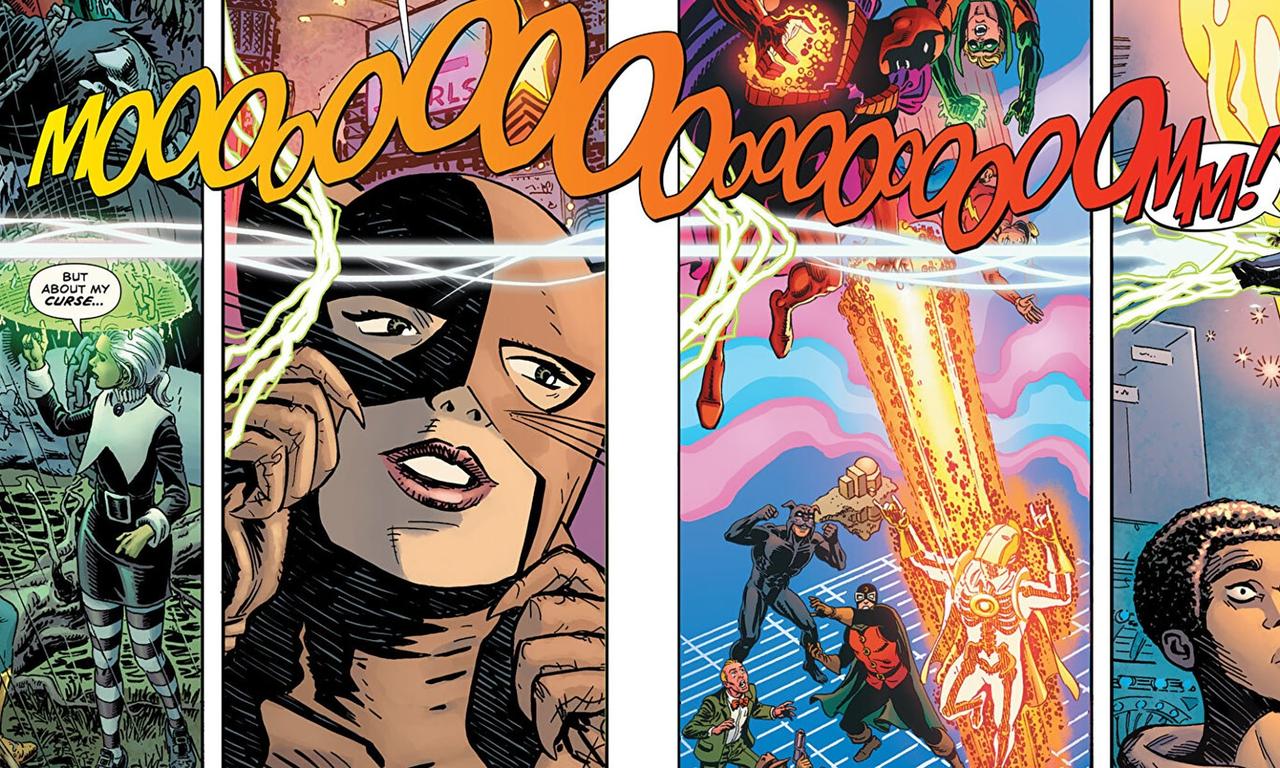
Spoilers ahead for January 24's Justice Society of America #2.
Between a sliding timeline (to keep its most iconic characters relatively young and vital) along with numerous resets to overarching continuity, the DC Universe’s canonical timeline can be confusing if one thinks about it a bit too hard.
Many DCU characters created in the ‘30s and ‘40s have been reintroduced with an updated backstory for modern audiences while others, like the Justice Society of America and Seven Soldiers of Victory, retain their Golden Age history of becoming superheroes around World War II. These discrepancies, along with alternate universes being retrofitted into the main DCU have long added a sense of chronological convolution, but DC has just provided its biggest clue to its own narrative timeline yet.

Justice Society of America #2, by Geoff Johns and Mikel Janin, features Helena Wayne, the daughter of Bruce Wayne and Selina Kyle, sent back in time during a showdown with the time-traveling supervillain Per Degaton. With Degaton wiping out the Justice Societies from the DCU’s diverging timelines, Helena’s teammates were brutally killed while Helena herself was sent back to 1940 at the dawn of the classic JSA. This sudden detour to the DCU’s Golden Age was interrupted by Helena abruptly being hurtled forward to the present-day DCU where she witnessed key moments in the timeline. More than just providing context on what was occurring in the scene, Helena's chronological traversal gave clear markers that highlighted how far along the universe’s history is, while other titles suggest where the DCU may be headed next.
The DC timeline revealed?
Throughout the issue, the Justice Society of America's creative team utilizes a storytelling technique which contrasts Helena being stranded in 1940 with sequences set in Helena’s near-future timeline. These moments reveal that Helena’s initial showdown with Degaton took place 26 years ahead of the present-day DCU. As Helena approaches Doctor Fate, the Helm of Fate reacts outside of current user Kent Nelson’s control, flinging Helena ahead in time where she sees key moments in her parents' and the JSA’s eventual history leading to present-day where she meets the current Doctor Fate Khalid Nassour, Detective Chimp, and Deadman. This suggests the following based on Helena’s cosmic odyssey:

NOW – The ending of Justice Society of America #2
Khalid has settled into his role as Doctor Fate and is established as having worked alongside other superheroes, most notably Justice League Dark. There is no clear indicator if this meeting takes place before or after the reality-altering effects of the recent crossover event Dark Crisis on Infinite Earths by Joshua Williams and Daniel Sampere, which saw major changes in the DCU’s status quo.
-1 Now – The new Doctor Fate
The most recent historical marker Helena sees in her time-traveling journey is dated one year prior to present-day. In it, Khalid receives the Helm of Fate to become the latest Doctor Fate, as depicted in 2015’s Doctor Fate #1 by Paul Levitz and Sonny Liew. Interestingly, Khalid’s ascension to become the magical superhero took place approximately one year before the official end of the New 52 era for DC continuity.
-8 NOW – Zero Hour: Crisis in Time!
Eight years prior to present-day is the 1994 crossover event Zero Hour by Dan Jurgens and Jerry Ordway. In this time-bending story, which offered a soft reset to the DCU’s timeline, the JSA took on the supervillain Extant, who transformed several of the heroes to their natural ages, resulting in their death. Tying in with Helena’s growing connection to Doctor Fate, the scene depicted Golden Age Doctor Fate Kent Nelson’s death at the hands of Extant.
-13 NOW – The birth of Catwoman
13 years prior to present-day, Helena catches a glimpse of her mother Selina trying out her Catwoman outfit for the first time. The scene serves as a direct callback to 1987’s Batman: Year One by Frank Miller and David Mazzucchelli. With Bruce established early in the story as being 25 when he returns to Gotham City after completing his training to become Batman, this scene indicates Wayne is in his late 30s in the current DCU.
1941 – An untold JSA adventure
One of the bigger surprises in the revealed timeline is a marker in 1941, with Mister Miracle and Doctor Fate meeting the Bride of Grundy after subduing the undead supervillain Solomon Grundy. Miracle alludes to the possible existence of a Justice Society Dark and intends to capture the Bride of Grundy to bring her back to the rest of the team.
The New 52 anomaly

One of the biggest disruptors to the overarching DCU timeline is the New 52 era, which had Doctor Manhattan from the Watchmen Universe use his omnipotent powers to reimagine the DCU as he saw fit. Among the wholesale changes to continuity included many of the heroes being de-aged by approximately five years while their backstories were updated to varying degrees. The JSA’s role in the DCU was removed entirely, with the Golden Age heroes relegated to an alternate universe and similarly rebooted from scratch.
The heroes became aware that their history was tampered with in the subsequent DC Rebirth era starting in 2016, which gradually restored elements of the classic continuity. With Doomsday Clock by Johns and Gary Frank and Dark Nights: Death Metal by Scott Snyder and Greg Capullo resetting the canon entirely and leading to the reformation of the classic DCU, the New 52’s timeline shift may have never occurred at all. However, with the ongoing presence of Khalid Nassour along with other stories and characters from the New 52 carrying over, this implies some version of the New 52 era still took place in the current canon.
DC’s future takes shape

The apparent revelation of the DCU timeline comes as various temporal changes have begun to surface in other titles. Brian Michael Bendis laid a new future timeline for the DCU with the special Legion of Super-Heroes: Millennium, which reaffirmed elements of Kamandi, Booster Gold, and the Legion of Super-Heroes into the DCU’s eventual future. Mark Waid and Dan Mora’s Batman/Superman: World’s Finest introduces a young version of Magog, who is destined to menace the DCU decades into the future as a vigilante who openly employs lethal force, setting him on a collision course with Superman in Waid and Alex Ross’ classic story Kingdom Come.
Johns himself reincorporated much of the DCU’s past, present, and future across his previous work for DC Entertainment. In addition to Doomsday Clock restoring the DCU’s Golden Age to modern continuity, Johns’ 2005 crossover event Infinite Crisis made the heroes aware of stories like Marv Wolfman and George Perez’s Crisis on Infinite Earths and the existence of the multiverse taking place though at undisclosed points in the overarching timeline. A major hallmark coming out of Snyder and Capullo’s Death Metal is that the heroes having some awareness regarding their past iterations and alternate universes, though the full extent of this has not yet been specified.
The ever-changing history of the DCU

Of course, whenever it comes to comic book continuity for any universe, history and canon is fickle and at the discretion of the publisher at any given time. DC has been routinely changing up the continuity and timeline of the DCU for decades to explain why its biggest characters are still relatively young and virile decades after their creation, often updating the overarching timeline accordingly. The timeline laid out by Justice Society of America #2 can be wiped away and replaced just as quickly as it was first offered as Johns and Janin’s story continues.
The other narrative factor is that Johns and Janin’s story quite explicitly deals with diverging timelines and dueling continuities. There isn’t any concrete evidence provided yet that the story takes place in the main DCU or one that closely mirrors it. With the soul and history of the JSA being toured by Helena as its future comes under attack by Degaton, this time-bending journey could raise more questions than answers, as the battle spanning time and space continues to escalate.
Justice Society of America #2 is on sale now and written by Geoff Johns, illustrated by Mikel Janin, Jerry Ordway, and Scott Kolins, colored by Jordie Bellaire and John Kalisz, and lettered by Rob Leigh. The story continues in Justice Society of America #3, on sale Feb. 28 from DC Comics.
What Makes DC 'DC'? Inside the formula for success for Batman, Wonder Woman, Superman, and more
Follow Popverse for upcoming event coverage and news
Find out how we conduct our review by reading our review policy
Let Popverse be your tour guide through the wilderness of pop culture
Sign in and let us help you find your new favorite thing.


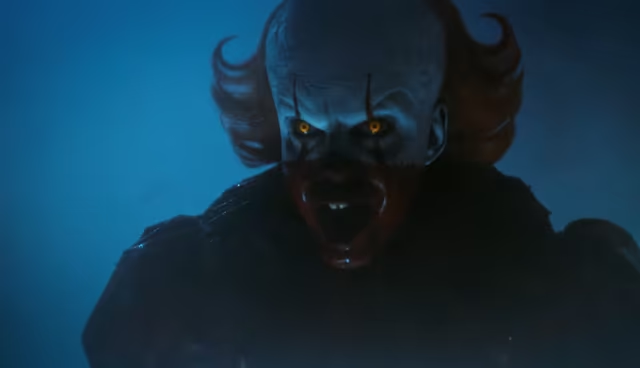
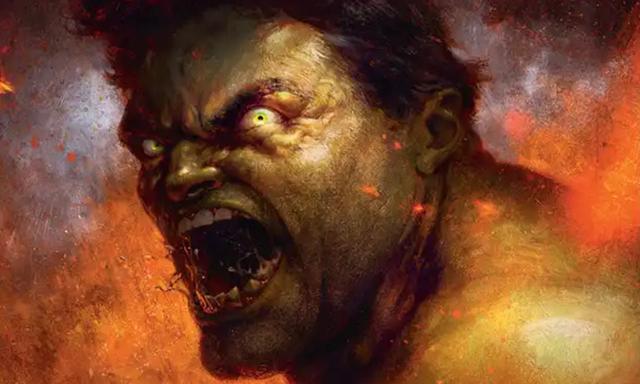

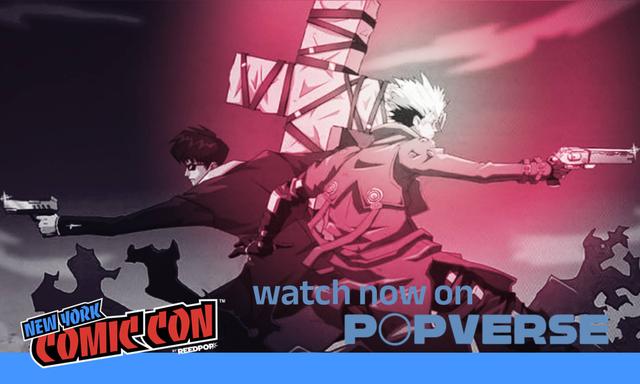


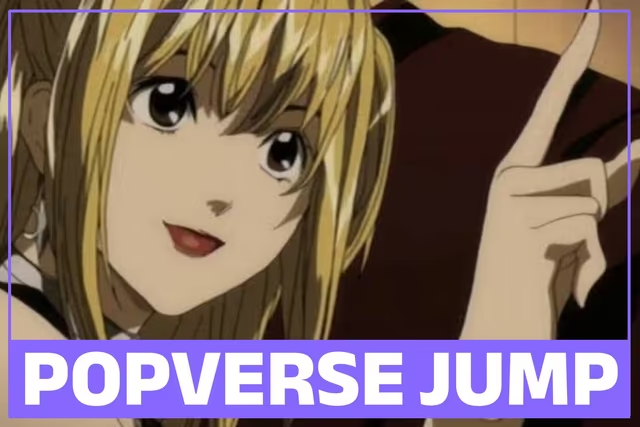
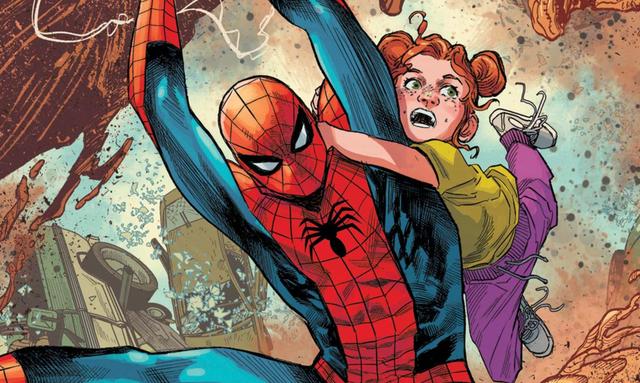






Comments
Want to join the discussion? Please activate your account first.
Visit Reedpop ID if you need to resend the confirmation email.